Need Help Identifying Bamboo/Cane
MissSherry
13 years ago
Related Stories

ORGANIZINGHelp for Whittling Down the Photo Pile
Consider these 6 points your personal pare-down assistant, making organizing your photo collection easier
Full Story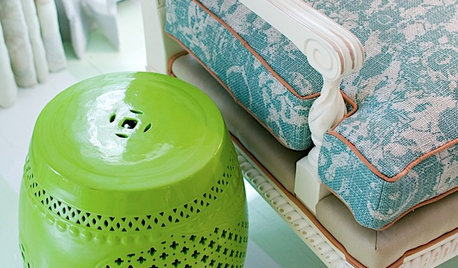
DECORATING GUIDESThe Most Helpful Furniture Piece You May Ever Own
Use it as a table, a seat, a display space, a footrest ... and indoors or out. Meet the ever-versatile Chinese garden stool
Full Story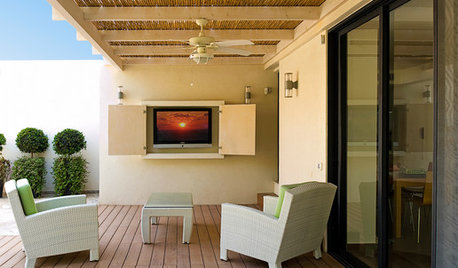
GARDENING AND LANDSCAPINGBamboo Screens Make Your Garden Glow
Natural, Renewable Material Brings Filtered Light and Privacy to Outdoor Rooms
Full Story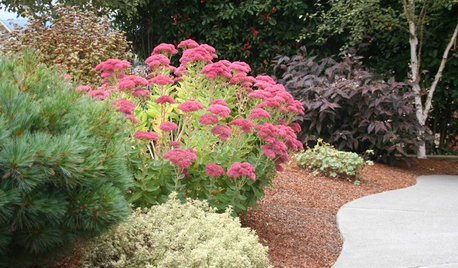
GARDENING GUIDESPacific Northwest Gardener's August Checklist
Deadheading perennials, cutting raspberry canes and preparing for the onion harvest keeps Northwest gardeners busy in August
Full Story
DECORATING GUIDESHow to Choose an Awesome Area Rug No Matter What Your Space
High use, a low door, kids and pets running amok — whatever your area endures, this insight will help you find the right rug for it
Full Story
GARDENING FOR BIRDSWhat to Know About Birds Nesting in Your Yard
Learn how to observe, record data and help ornithologists with NestWatch’s citizen science project understand bird trends
Full Story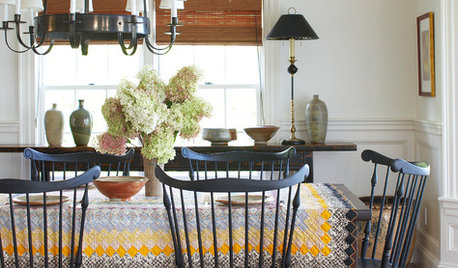
DECLUTTERINGEscape the Inheritance Trap: What to Do With Sentimental Pieces
Too meaningful to toss but too hideous, precious or unusual to display? These ideas can help
Full Story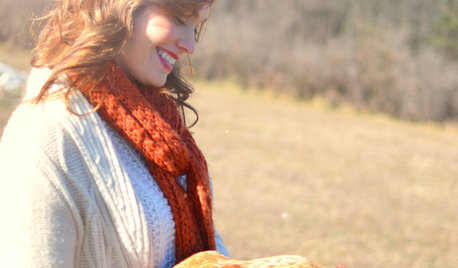
GARDENING AND LANDSCAPINGRaise Backyard Chickens Without Ruffling Neighbors' Feathers
Before you build a coop in the backyard, follow these strategies to help keep your neighbors from squawking
Full Story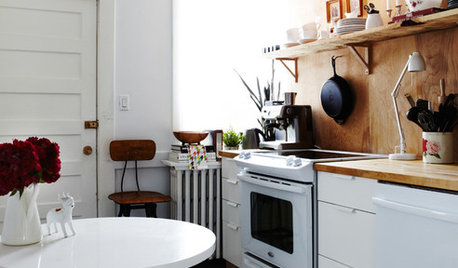
DECORATING GUIDESSecrets to Shopping Craigslist
Frustrated with your results nabbing Craigslist treasures? This hard-earned wisdom will help you bring that perfect piece home
Full Story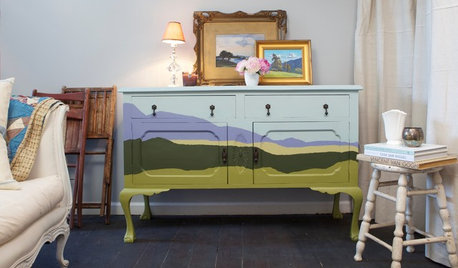
DIY PROJECTSUpcycle Furniture Finds With Paint
There are products out there designed to help you transform your thrift-store scores
Full StorySponsored
Leading Interior Designers in Columbus, Ohio & Ponte Vedra, Florida
More Discussions






kentuck_8b
MissSherryOriginal Author
Related Professionals
Derry Landscape Architects & Landscape Designers · South Elgin Landscape Architects & Landscape Designers · Aloha Landscape Contractors · Broomfield Landscape Contractors · Dinuba Landscape Contractors · Fuquay-Varina Landscape Contractors · Monterey Landscape Contractors · North Potomac Landscape Contractors · South Portland Landscape Contractors · Vineyard Landscape Contractors · Four Corners General Contractors · Belleville General Contractors · Halfway General Contractors · Hampton General Contractors · Spencer General Contractorskentuck_8b
alan_l
MissSherryOriginal Author
kentuck_8b
MissSherryOriginal Author
kentuck_8b
MissSherryOriginal Author